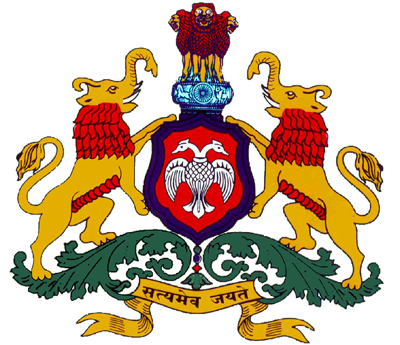Carrying Capacity (CC) assessment is under progress for the combined eco-sensitive zones (ESZ) of Bandipur National Park (BNP) and Nugu Wildlife Sanctuary (NWLS in compliance with the directions of honourable NGT in O.A. number 462/2018 and 76/2015 (SZ) dated 17 March 2021.). Nugu WLS abuts Bandipur NP, and the two protected areas share their surrounding area as the ESZ.
The Ministry of Environment, Forest and Climate Change, Government of India has issued Guidelines for assessing the carrying capacity of hill stations including cities and eco-sensitive zones in 2020. Regarding the assessment methodologies, the guidelines in para 5 state the following.
There are no clear-cut methods for assessment. The use of methods depends upon analytical acumen and knowledge of analytical tools of investigators (ideally a multidisciplinary team). It may vary from complicated modelling tools software to simple thresholds/acceptable benchmark/standards-based comparisons. The setting of such standards/thresholds which are very important for assessment of breach of carrying capacity (CC overshoots/limits) needs to be done in Indian context. The carrying capacity limit setting and standardisation requires experts’ weightings/consultations.
Accordingly, in the spirit of the directions of honourable NGT, and guided by the precautionary principle of limiting the charge of human demands on the natural resources within regeneration capacities and considering ‘human systems’ and ‘natural systems’ as tightly coupled systems at a location, carrying capacity is assessed in terms of surplus or deficit of productive ecological assets and prevalence of environmental conditions desirable for human development.
Further, as the estimation of carrying capacity per se is not a practical option in the context of the present study, this assessment answers the following questions.
- What is the status of carrying capacity in the study area?
- What are the factors that represent the system and can be monitored to watch against carrying capacity overshoot?
The Ecological Footprint (EF) assessment is undertaken as per the 2019 guidelines of the Global Footprint Network (GFN). This approach considers Footprint and biocapacity from agricultural lands, grazing lands, forests, water spread, carbon emission and sequestration, and waste generation. The assessment results from the EF approach are presented in terms of ‘global hectare’ (gha). This enables a comparison of the local area Footprint with that at the national and global levels. The actual extent of productive area and area demanded by consumption is also assessed, which informs about the exportable surpluses and import dependencies.
Another tool used is the System Dynamics (SD) modelling approach for which a customized BNP-ESZ-v12.mdl model is developed by the study team. The model consists of the following modules: population module; land capacity module; and water capacity module. The model also considers the status of man-animal conflict and the flow of tourists in the study area.
The model optimises the human development index (HDI) and land availability for production. HDI is a geometric mean of the values for health, education, and standard of living (sub) indexes.
The major limitation of the model-based approach is that the model is formulated by combining/limiting the number of natural and anthropogenic factors for simulation, which increases the coarseness of the model and reduces the system characterization accuracy. Other limitations include the lack of validation of the quantified relationships among factors in the study area and the non-inclusion of factors that have implications for carrying capacity but are not known to the study team.
Further, the assessment would also present the indicators to monitor carrying capacity after considering the availability of reliable data, and the administrative and implementation mechanisms through which monitoring can occur.
To our knowledge, the present assessment is the first in the country to consider wider developmental activities from the carrying capacity lens.

















